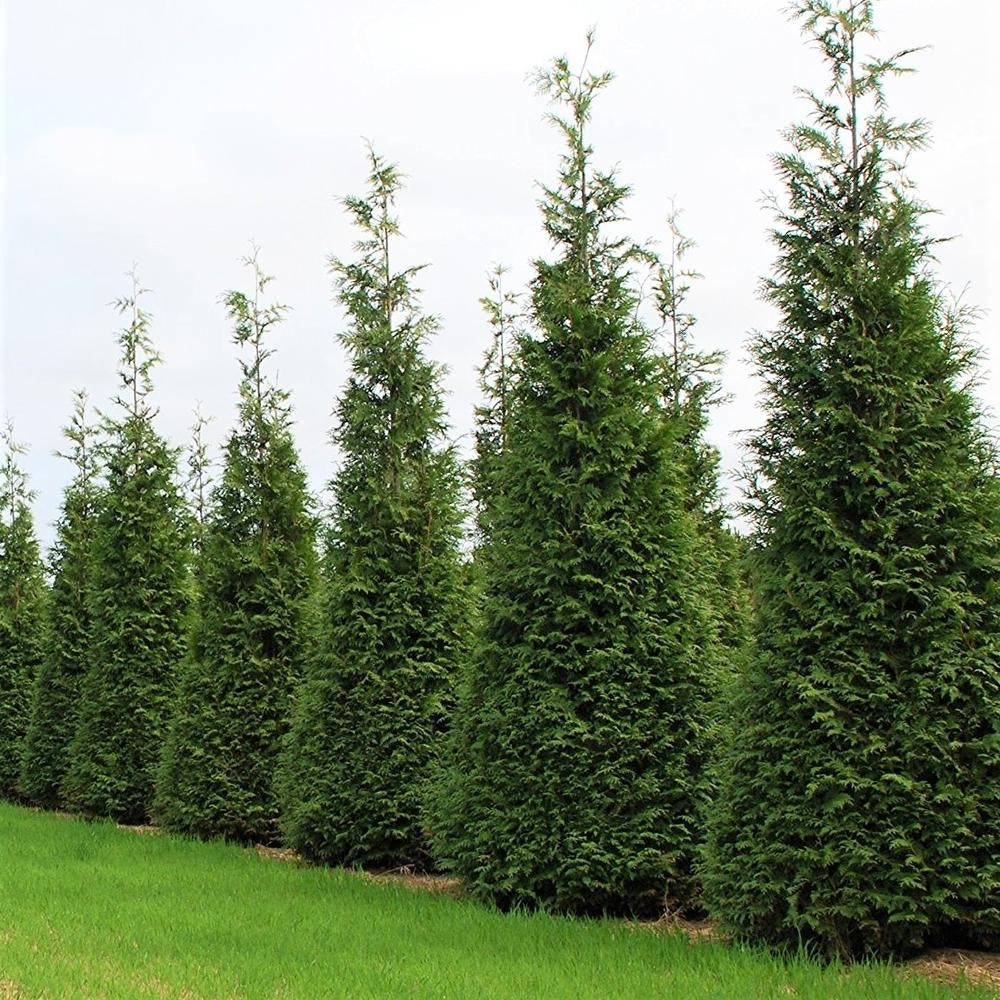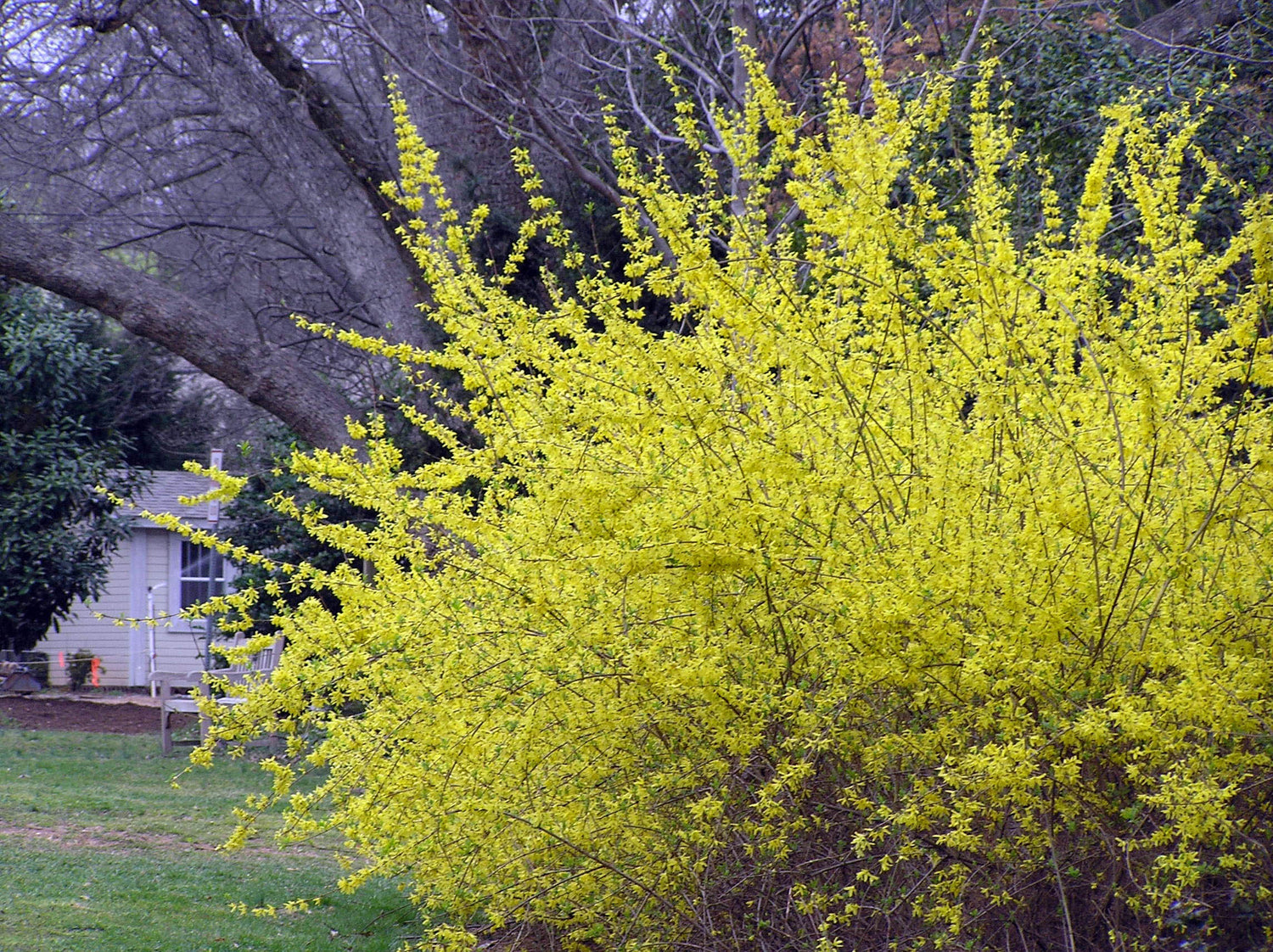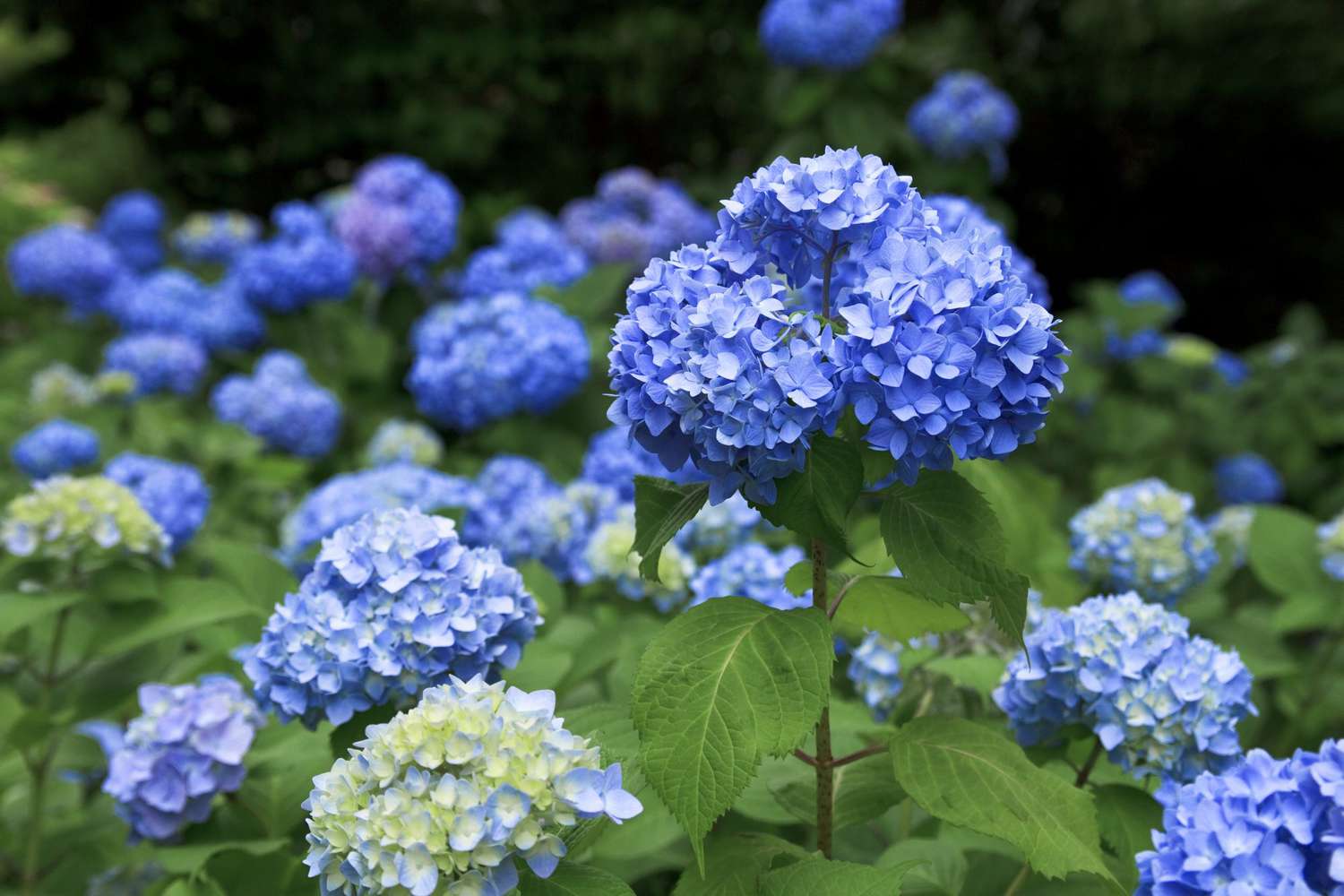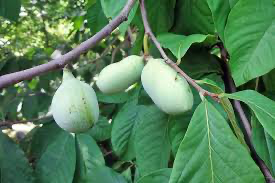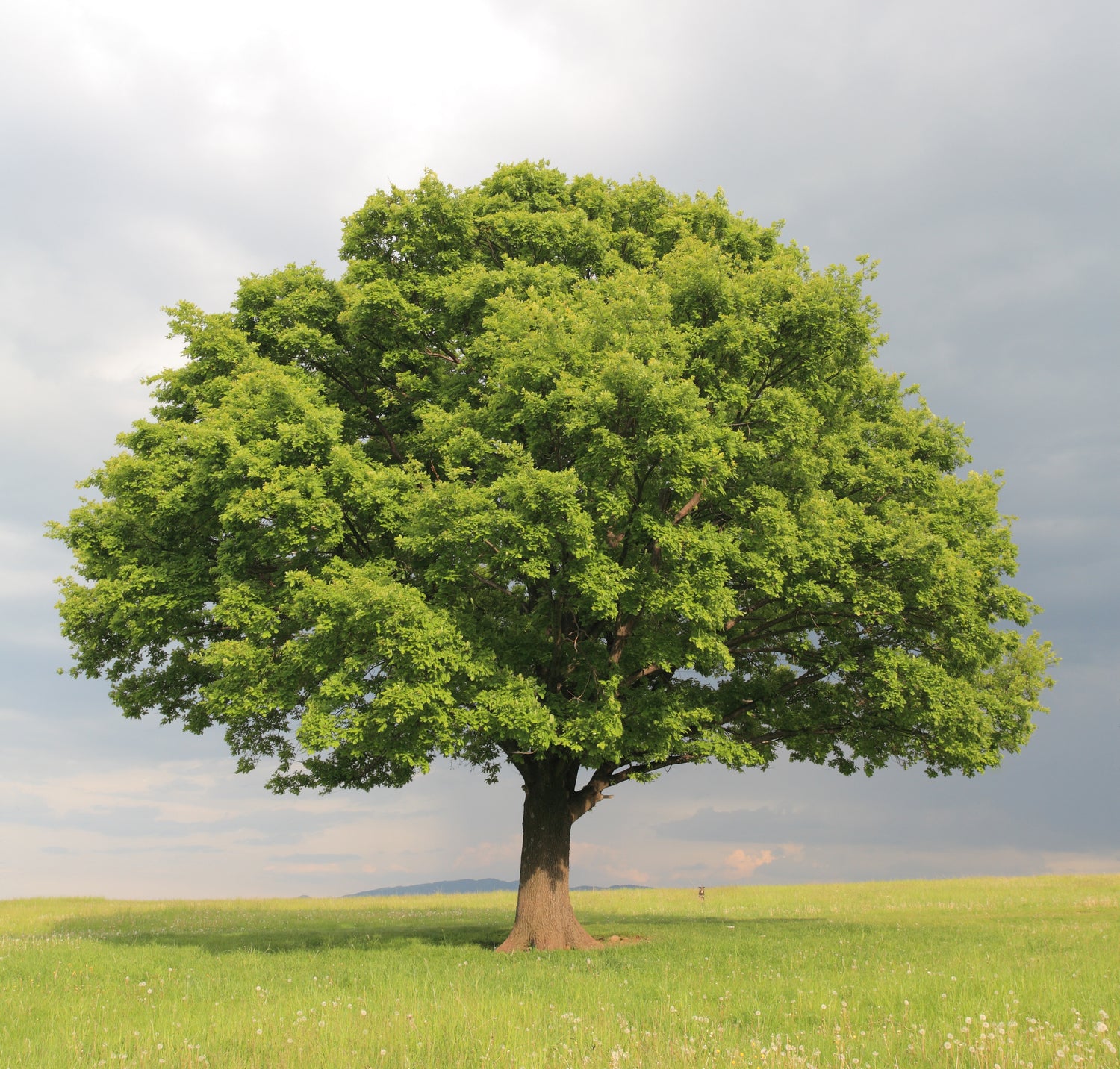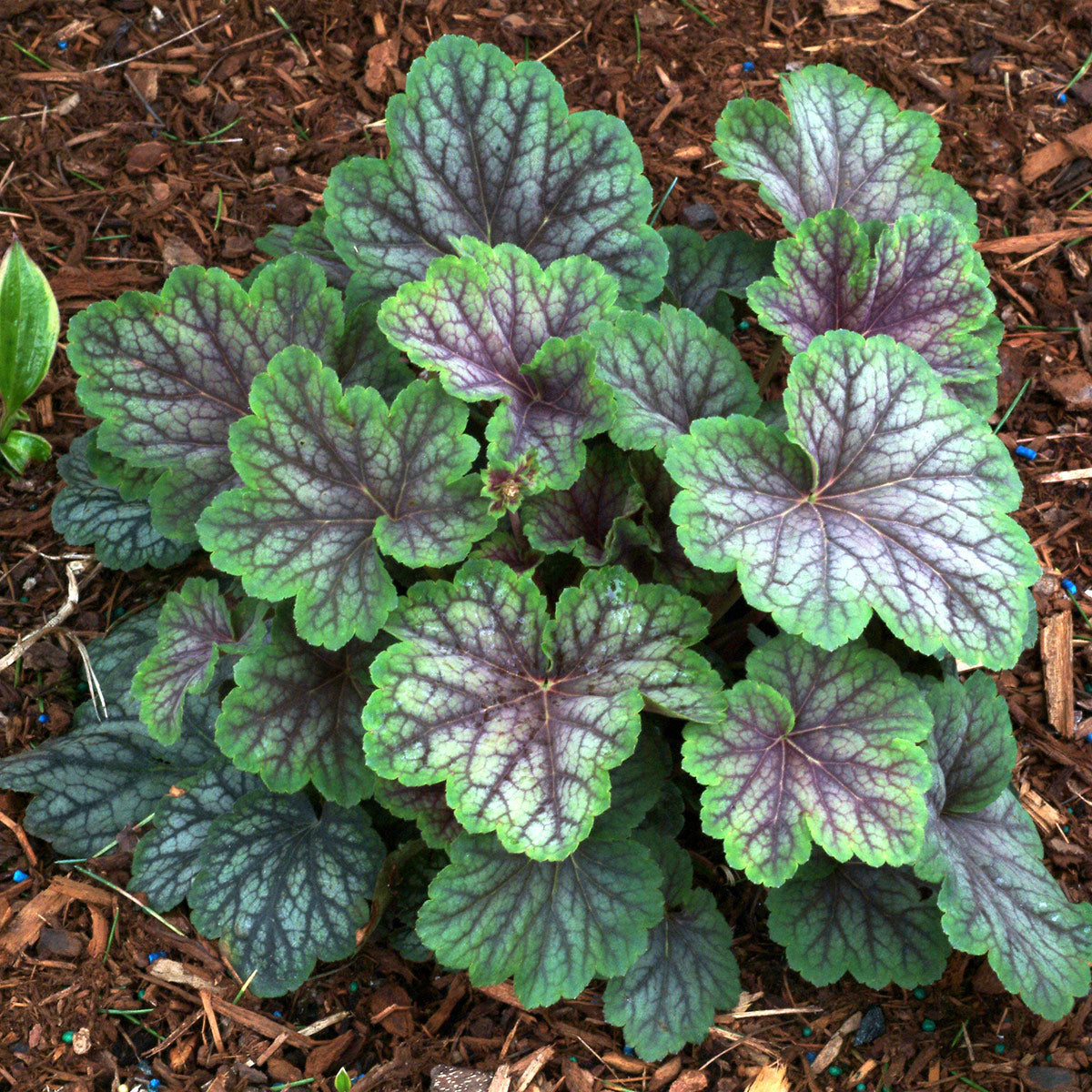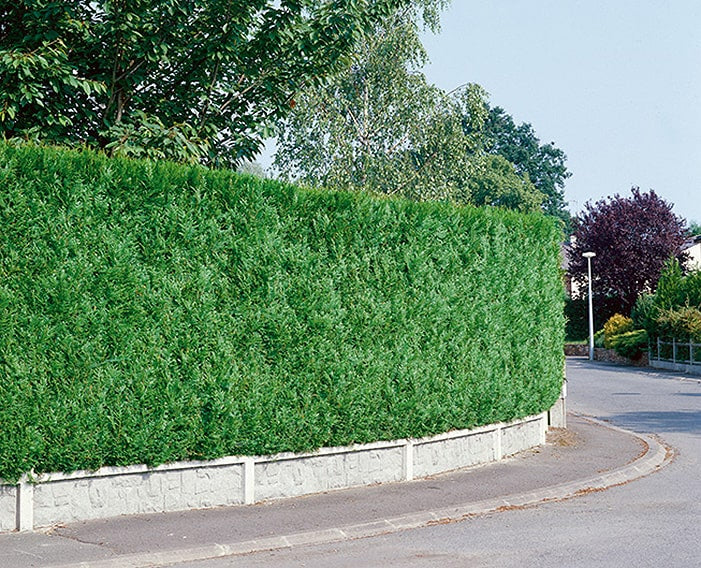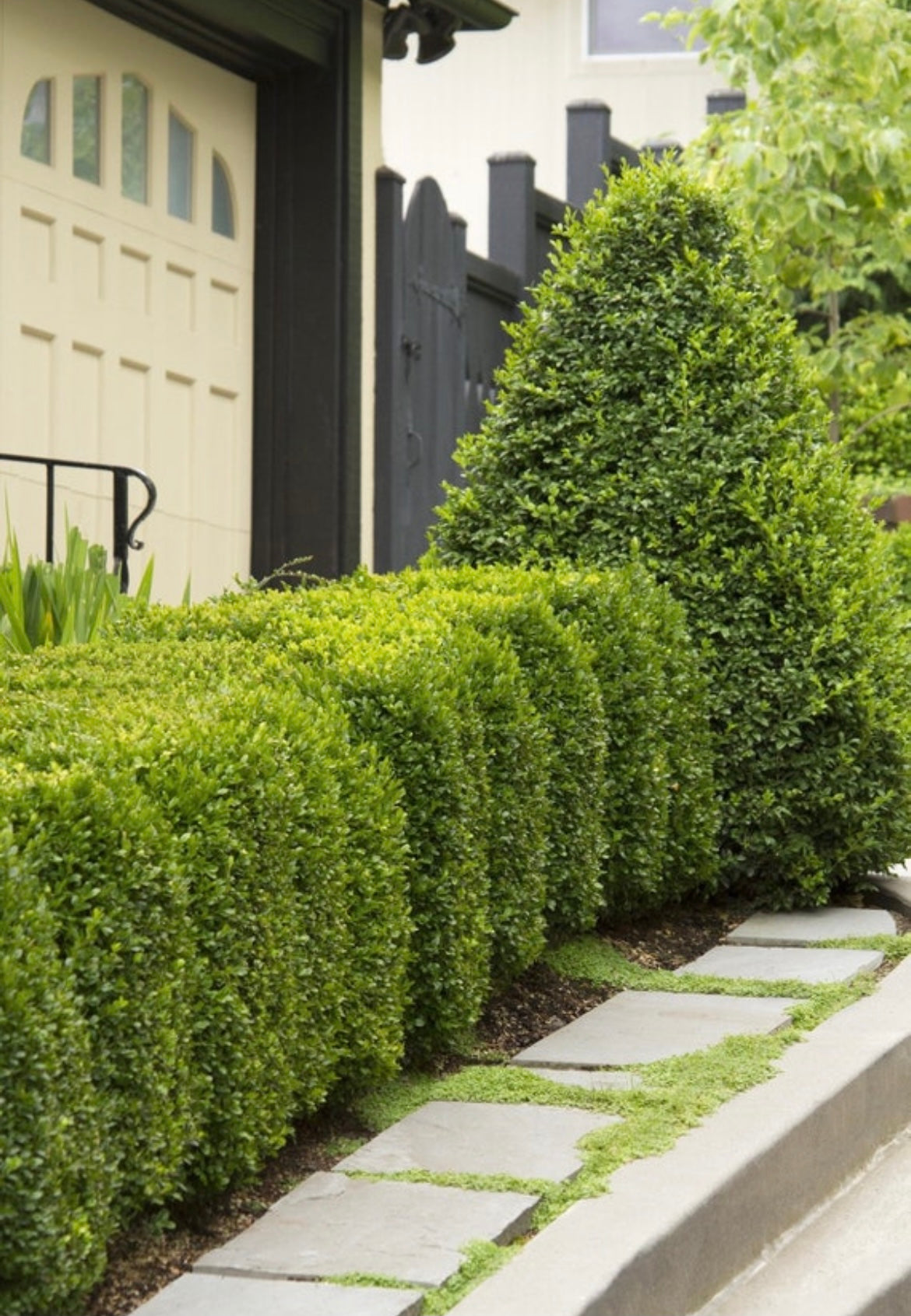The Japanese maple tree, with its elegant form and vibrant foliage, stands as a testament to nature's artistry. A favorite among gardeners and landscapers alike, these trees offer a stunning display of color and texture, transforming any garden into a picturesque scene straight out of a painting. But with the vast array of varieties available, each boasting its unique charm, how does one begin to identify the specific type gracing their garden?
Identifying the variety of a Japanese maple tree can sometimes feel like deciphering an ancient script. Is it the fiery red of an 'Osakazuki' or the delicate lace of a 'Dissectum'? Perhaps the visual allure of a chart could illuminate the path to discovery. And for those looking to enrich their gardens with these magnificent trees, there's no place like Weaver Family Farms Nursery. As a small family farm dedicated to growing and shipping the finest trees directly to your door, we pride ourselves on our selection and expertise in Japanese maples.
Join us as we delve into the world of Japanese maple trees, exploring the diversity and beauty these varieties offer. Whether you're a seasoned collector or a curious newcomer, this guide aims to answer your questions and spark a deeper appreciation for these enchanting trees. Let's embark on this green journey together, with a colorful chart in hand and the knowledge that the perfect Japanese maple is waiting for you at Weaver Family Farms Nursery.
What Makes Japanese Maple Trees So Special?
Japanese maple trees (Acer palmatum) are celebrated for their stunning foliage, graceful growth habit, and vibrant colors that change with the seasons. From the lush greens of spring to the fiery reds and golds of autumn, these trees add a touch of elegance to any landscape. But what truly sets them apart are the diverse varieties available, each with its unique characteristics.
How Many Varieties Are There?
There are over a thousand varieties of Japanese maple trees, each varying in size, leaf shape, and color. Some are tall and stately, while others are compact and bushy, making them versatile for both spacious gardens and small outdoor spaces. The leaves can range from the classic palmate shape to finely dissected forms, with colors spanning green, red, orange, purple, and even variegated patterns.
Why Choose a Japanese Maple for Your Garden?
Japanese maples are not only a visual delight but also relatively easy to care for, making them an excellent choice for both novice and experienced gardeners. They prefer well-drained soil and partial shade, where their leaves are protected from the harshest afternoon sun. With proper care, these trees can thrive and bring joy for decades, making them a worthwhile investment for any garden.
Discover the elegance and variety of Japanese maple trees at Weaver Family Farms Nursery, where we nurture each tree with the care it deserves.
How Can You Identify Your Japanese Maple Variety?
Identifying the specific variety of your Japanese maple can be a fascinating journey, thanks to the distinct characteristics that each type exhibits. Whether you're trying to name a tree in your garden or select a new addition, understanding these key features can guide you to the right variety.
What Are the Key Characteristics for Identification?
- Leaf Shape: Japanese maple leaves can range from the classic five-pointed palmate shape to deeply dissected, lace-like leaves. The intricacy of the leaf shape is often a clue to the variety.
- Color: The color of the leaves can vary widely among varieties, from vibrant greens to deep purples, and even variegated patterns. Seasonal changes in leaf color can also provide hints about the tree's identity.
- Size and Growth Habit: Japanese maples can vary from dwarf shrubs to large trees. Observing the tree's size and growth pattern—whether upright, spreading, or weeping—can help narrow down the possibilities.
Using a Visual Identification Chart
A visual identification chart can be an invaluable tool in distinguishing between Japanese maple varieties. By comparing your tree's characteristics to those listed in the chart, you can make an educated guess about its variety. For a detailed and colorful chart that makes identification easier, visit Weaver Family Farms Nursery. Our comprehensive guide is designed to help you unlock the mysteries of your Japanese maple's identity.
Identifying the variety of your Japanese maple adds a layer of connection between you and your garden. With the right resources and a bit of detective work, you can uncover the unique story of each tree. For more insights and a wide selection of Japanese maple trees, Weaver Family Farms Nursery is here to help you every step of the way.
Pruning and Protecting Your Japanese Maple
Pruning is crucial for maintaining the health and aesthetic appeal of your Japanese maple. It's about more than just shaping; it's about ensuring the tree's vitality. Late winter or early spring, when the tree is still dormant, is the ideal time for this task. Pruning during this period minimizes sap loss and reduces the risk of infection. For a step-by-step guide on how to prune your Japanese maple correctly, consider reading Weaver Family Farms Nursery's insights on Japanese maple care.
Expanding Your Japanese Maple Collection
Whether you're a seasoned collector or new to the world of Japanese maples, expanding your collection can bring additional color and texture to your garden.
Finding the Perfect Japanese Maple
Selecting the right Japanese maple for your garden is crucial. With so many varieties available, it's important to choose one that not only fits your aesthetic preferences but also your local climate and garden space. For those looking to purchase their next Japanese maple, browse the selection at Weaver Family Farms Nursery, where you'll find a wide range of healthy, vibrant trees ready to be shipped directly to your door.
The Joy of Growing from Seeds
Starting a Japanese maple from seed can be a rewarding experience, offering a deeper connection to your garden as you watch each tree grow from a tiny seed into a stunning specimen. For enthusiasts interested in this rewarding process, learn how to collect and grow Japanese maple seeds with Weaver Family Farms Nursery, where you'll find comprehensive guidance on every step of the journey.
Caring for and expanding your collection of Japanese maple trees can transform your garden into a year-round spectacle of color and form. With the right knowledge and resources, such as those provided by Weaver Family Farms Nursery, you can ensure that each tree thrives, bringing beauty and serenity to your outdoor space.
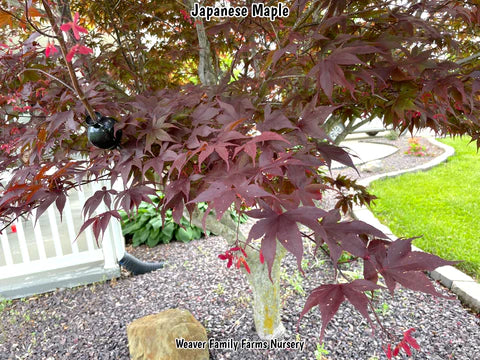
How Can You Ensure Your Japanese Maple Thrives?
Ensuring the health and longevity of your Japanese maple involves more than just proper planting and occasional watering. It's about creating an environment where your tree can flourish.
The Importance of Proper Positioning
Finding the right location in your garden for your Japanese maple is crucial. These trees prefer a spot that offers protection from harsh afternoon sun and strong winds. For more detailed advice on where to plant your Japanese maple to ensure its health and growth, Weaver Family Farms Nursery offers valuable insights on tree placement and care.
Watering and Fertilization: A Balanced Approach
While Japanese maples aren't overly demanding, they do require consistent moisture, especially during dry periods or when planted in containers. Additionally, a balanced fertilization regime in the spring can promote healthy growth without encouraging excessive foliage production at the expense of root development. For guidelines on watering and fertilizing your Japanese maple, explore the expert recommendations from Weaver Family Farms Nursery.
Celebrating the Seasons with Your Japanese Maple
One of the joys of owning a Japanese maple is witnessing the seasonal changes in its foliage. From the fresh greens of spring to the vibrant reds and oranges of fall, your tree will provide a year-round display of color and texture.
Capturing the Beauty of Fall
As autumn approaches, Japanese maples become the stars of the garden, putting on a spectacular show of color. To learn more about how to enhance your garden's fall display with Japanese maples, read about the seasonal beauty of these trees at Weaver Family Farms Nursery.
The Endless Appeal of Japanese Maples
Japanese maples are more than just trees; they are living sculptures that add elegance, color, and serenity to any garden. Whether you're a seasoned gardener or a newcomer to the world of horticulture, these trees offer something for everyone. By selecting the right variety, providing the care it needs, and enjoying the beauty it brings throughout the seasons, you can ensure that your Japanese maple is a cherished part of your garden for years to come.
For those looking to start or expand their Japanese maple collection, Weaver Family Farms Nursery is your go-to source for a wide variety of healthy, beautiful trees. With our expert advice and quality specimens, you're sure to find the perfect tree to enhance your outdoor space.
Embrace the beauty and diversity of Japanese maples in your garden. With the right care and a little patience, these stunning trees will thrive, bringing joy and color to your garden in every season.



